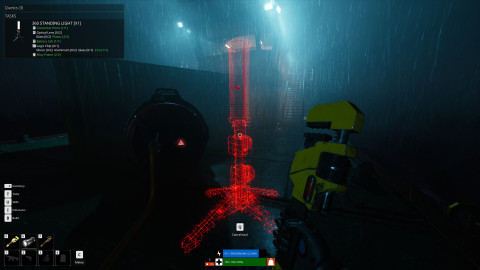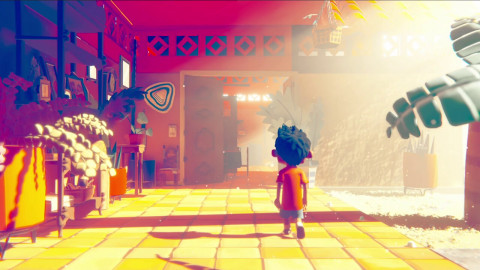
Modern gaming is beyond what anyone could have imagined in the 90s. Except, perhaps Nintendo. You may be too young to remember the Nintendo 64. This was way before everyday modern utilities like residential Cox internet deals were available. When people had to make do with dial-up internet and basic 2-D computer games. However, in 1996, Nintendo released the Nintendo 64 to wild acclaim, and it went on to become an immediate icon with its now recognizable 3-pronged controller. But even more than that, the Nintendo 64 was a turning point in video game history. Read on to find out more about how the Nintendo 64 continues to influence modern gaming nearly 3 decades later.
Beginning The Shift to 3D Technology
Nintendo had already marketed some successful consoles before the revolutionary Nintendo 64. The NES, as it is popularly known among retro gamers, was a precursor to the 64. However, it could only support 16-bit 2-D games. If you wanted any 3D games, you only had a limited number of options to choose from. And you would also need to purchase the manufacturer's FX chip separately.
But the Nintendo 64 revolutionized everything. The console not only supported 3D games by default, but it also had a new set of classic games in 3D. Mario 64 created one of the earliest open-world models. With players free to wander and explore the map, and 3D elements that players could interact with, the world of gaming would never be the same again.
More Responsive and Precise Controllers
The Nintendo 64 controller was different from the NES controller in every way. Instead of the classic rectangle with action and movement buttons, the 64 console’s controller had a very distinctive shape. It had the 3 prongs that are now so easily recognizable. But the strange shape tends to overshadow the real distinguishing feature. It had buttons that were much more responsive than other controllers out there. And it also featured an analog stick instead of cursor buttons. Depending on how you interacted with the controls, you could make your game character run, sprint, or walk. This ability to toggle character movement speeds and styles is now usually standard in most modern games.
The Birth of Split-Screen Multiplayer Modes
Massively multiplayer online games like Dota 2 are all the rage today. But multiplayer gaming has much older origins. The earliest consoles did feature 2-player gaming. However, this usually involved sharing the same screen in a cooperative game like the Super Mario Bros. You could play as Mario and your kid sibling as Luigi if you lived in the 90s. However, the Nintendo 64 had a far more distinctive approach to multiplayer games. The console was the first to introduce split-screen modes. That meant you could compete against a sibling or a friend, instead of just playing along with them. And each player would have their own section of the screen independent of other players. If you’ve enjoyed a FIFA night with your friends, you owe it to the Nintendo 64.
The Earliest Open-World Games
Nintendo was not the first to experiment with open-world games. But it played a pivotal role in making 3D technology the path all future games would aim to follow. The Legend of Zelda is a favorite title among retro gamers even today. Imagine how deeply it captivated young audiences with the immersive graphics and compelling game story. Especially when it was one of the very first games of its kind, released to an audience that had mainly played 2D games until that point. The game is so popular that Nintendo has re-released it on newer consoles more than once.
To conclude, the Nintendo 64 was a revolutionary bit of technology. It transformed gaming forever and is behind some of the most important features we take for granted today. However, the Nintendo 64 never really found the popularity it deserved. Nintendo itself released other consoles that raked in much higher sales and popularity ratings. But the importance of the Nintendo 64 can never be understated. While it may not have been the best-selling console ever, it remains the one that makes things like immersive game storylines and intense graphic details the norm today.
-
 Guest Reporter
Guest Reporter
Sort by:
Comments :0





